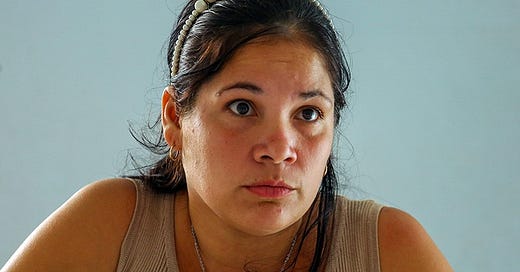
Since the triumph of the Cuban Revolution in 1959, the Cuban government has provided Cuban citizens with free health care, free education, subsidized utilities, subsidized public transportation, and a monthly food basket at subsidized prices. The food basket provides only some basic items, with the expectation that additional food items would be purchased via family income from work or pensions.
With respect to housing, the urban reform of the early 1960s converted house and apartment renters into homeowners through modest monthly payments for a determined period. The reform included the provision that houses and apartments acquired as property through the program could not be sold, although they could be swapped for another residence of equal value. This restriction was in place for the protection of the people, inasmuch as free trading of properties tends to generate i…


